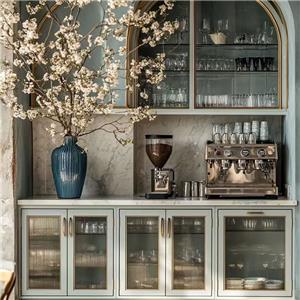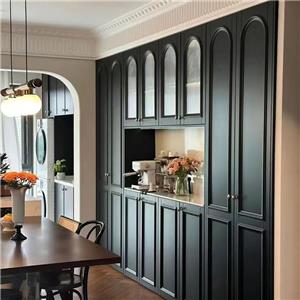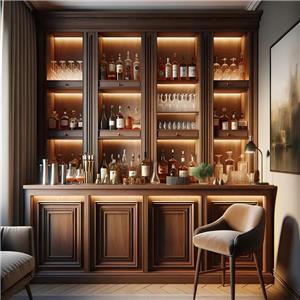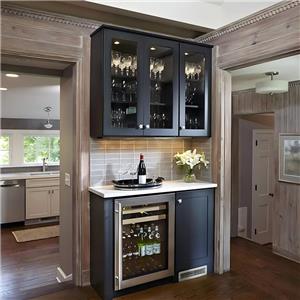What Is A Bookcase? Bookcase Vs. Bookshelf: What’s the Difference?
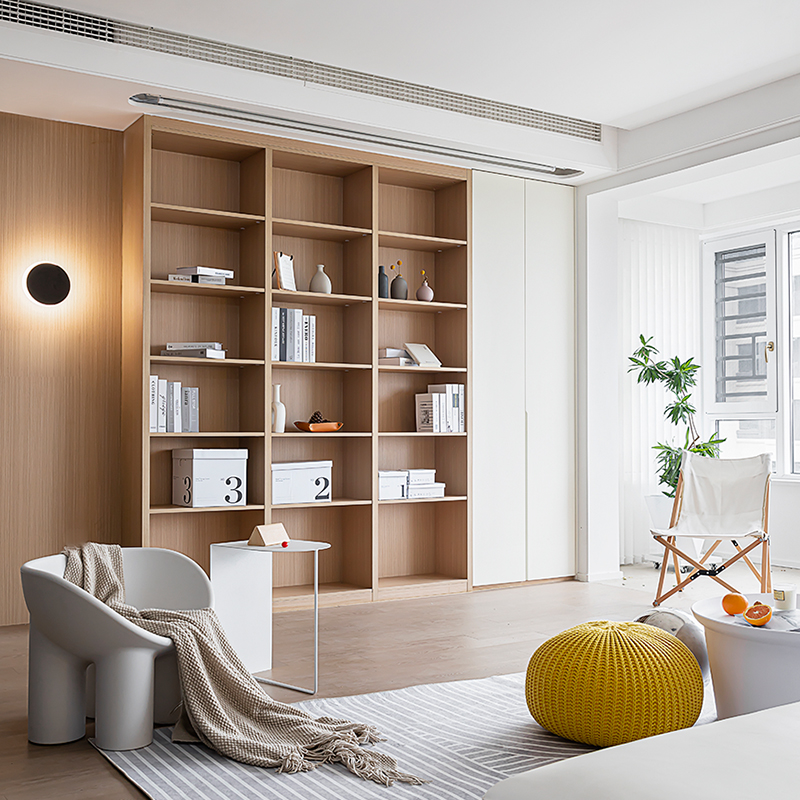
Bookcases and bookshelves are common storage furniture in homes, offices, and libraries used to organize and display books. However, despite similar functionality, there are significant differences in design, purpose and concept. Understanding these differences will not only help you make better choices when furnishing and decorating your space, but it will also help you maximize your space and optimize how you store and display your books.
This article will explore in detail the definitions, characteristics, and differences between bookcases and bookshelves to help you make a wise choice.
What Is A Bookcase?
A bookcase is a piece of furniture used to store books. It is usually designed as a closed or semi-closed structure with multiple compartments or shelves for systematically organizing and storing books. Bookcases are typically larger, placed on the floor, able to hold a large number of books, and provide a degree of protection from dust and other damage.
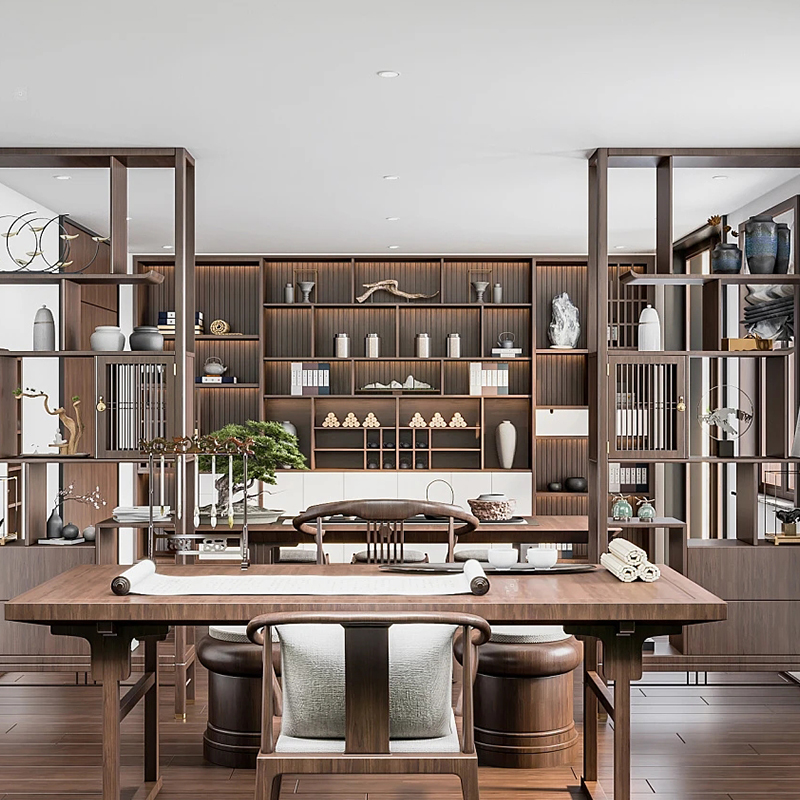
What Are the Main Features of A Bookcase?
As a traditional and practical piece of furniture, bookcases are usually designed as tall and sturdy pieces of furniture that are placed on the ground and have strong stability. They are usually made of wood, metal or composite materials to ensure they can withstand the weight of a large number of books.
In addition to storing books, bookcases can also be used to store other items such as folders, photos, decorations, etc. Some bookcases even come with glass doors, drawers, or cabinets to provide even more storage and display functionality. Additionally, bookcases are designed not just for storage but also to effectively protect books from dust, moisture, and other external factors. Some bookcases also have doors to further enhance the protection of the books.
Additionally, bookcases are often a focal point in a room and can be designed in a variety of styles to match the interior décor. For example, modern style bookcases are often simple and elegant, while classical style bookcases may feature intricate carvings and decorations.
What Are the Common Types of Bookcases?
There are many types of bookcases, and they can be divided into the following common types according to their design and use:
● Standard bookcase: This is the most common type of bookcase and usually consists of multiple fixed or adjustable shelves to store books of various sizes. Standard bookcases come in a variety of heights and widths, so you can choose the right style according to the size of your room.
● Bookcases with Doors: These bookcases feature glass or wooden doors that further protect books from dust and external damage while also displaying the books and items inside. Bookcases with doors are often found in home dens or formal office spaces.
● Corner bookcase: Corner bookcase is specially designed to utilize the space in the corner of the room. It is usually an L-shaped structure and can maximize the use of the corner area of the room. They are ideal for space saving in small rooms.
● Built-in bookcases: Built-in bookcases are usually part of the wall and are designed to blend in with the overall structure of the room. Built-in bookcases are often custom-made to maximize wall space while adding a bookish feel to the room.
What Is A Bookshelf?
Bookshelf usually refers to an open shelving structure used to store books or other items. Compared with bookcases, bookshelf usually has a simpler design, with an open structure, no doors or closed frames, and more flexible placement. Bookshelf can be a freestanding piece of furniture or a shelf mounted on the wall.
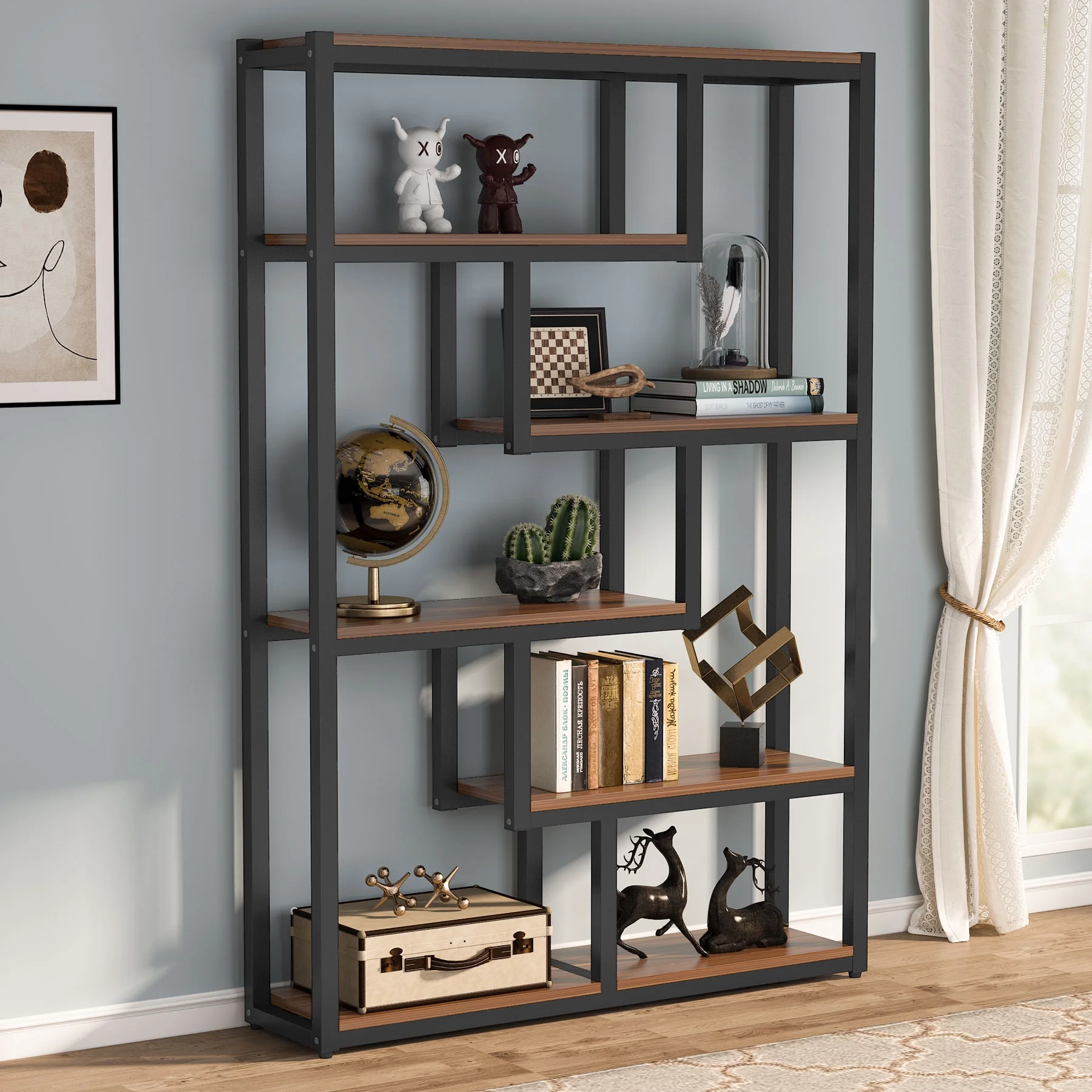
What Are the Main Features of A Bookshelf?
Bookshelves are generally more compact and flexible in design and purpose, and bookshelves are typically lighter than bookcases and easier to move and rearrange. They can be individual shelving units or fixed shelves on the wall. Secondly, bookshelf designs are usually open, meaning books and items can be easily accessed at any time. The openness also makes the bookshelf more ornamental when displaying books and decorations.
In addition, the flexibility of bookshelves is reflected in their design and use. Bookshelves can be added, removed, and rearranged as needed to suit different room layouts and storage needs. Hanging bookshelves on the wall are especially suitable for small spaces and can effectively utilize wall space. The design of bookshelf is usually relatively simple and simple in structure, which is suitable for modern minimalist style home decoration. Bookshelves are also generally more affordable due to their simple construction.
What Are the Common Types of Bookshelves?
There are also various types of bookshelf. Depending on the usage scenario and needs, common bookshelf types include:
● Freestanding Bookshelf: This is the most common form of bookshelf, consisting of one or more open shelves, usually placed on the floor. Freestanding bookshelves can be used to store books, decorations and other items.
● Wall-mounted bookshelf: This kind of bookshelf is directly fixed on the wall and does not occupy floor space. It is very suitable for small rooms or places where space needs to be saved. Wall-mounted bookshelves can be designed in different shapes and sizes, offering great flexibility.
● Ladder-shaped bookshelf: Ladder-shaped bookshelf has a unique design. It usually has a structure that gradually becomes narrower upwards, and the shelves are arranged in a ladder-like manner. The ladder bookshelf is not only a practical storage tool, but also a highly decorative piece of furniture.
● Modular bookshelf: Modular bookshelf consists of multiple independent shelving units that can be combined and adjusted as needed. This bookshelf lends itself to flexible home layouts and can be reconfigured as needs change.
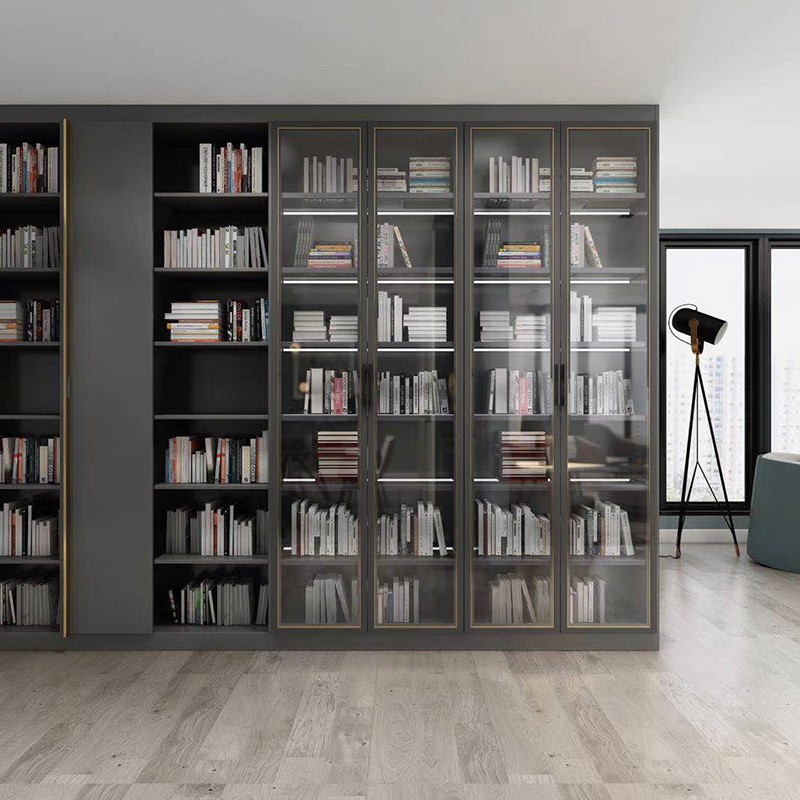
Bookcase Vs. Bookshelf: What’s the Difference?
Although bookcases and bookshelves have many functional overlaps, there are still significant differences in design, purpose, storage capacity, and decorative effect. Here are the main differences between bookcases and bookshelves:
Design and structure
● Bookcases: Bookcases are usually designed as closed or semi-closed furniture with multiple fixed or adjustable shelves. Bookcases are usually tall and sturdy, providing a lot of storage space. Bookcases are often complex structures and may include doors, drawers, and other storage units.
● Bookshelf: Bookshelf is usually an open shelving structure with a simple design without doors or closed frames. Bookshelf shelves can be fixed or hung on the wall. Bookshelf structures are usually simple and suitable for displaying books and decorative items.
Purpose and function
● Bookcases: The main purpose of bookcases is to store and protect books. Due to its closed design, bookcases effectively prevent damage to books from dust, moisture and other external factors. Additionally, bookcases are often multifunctional and can store folders, decorations, and other items in addition to books.
● Bookshelf: The main purpose of bookshelf is to display and store books. Due to its open design, bookshelves are ideal for displaying books, decorative items, and other items. The flexibility of bookshelf makes it very practical in small spaces and changing home layouts.
Space requirements
● Bookcases: Bookcases are usually larger and require a certain amount of floor space. Due to its closed design, bookcases require more space to place and open doors etc. Bookcases are suitable for larger rooms or dedicated study areas.
● Bookshelf: The space requirement of bookshelf is relatively small, especially the wall-mounted bookshelf, which does not take up floor space and is very suitable for small rooms or places where space needs to be saved. The flexibility of the bookshelf also allows it to be adapted to different room layouts.
Storage capacity
● Bookcases: Bookcases usually have a large storage capacity and are suitable for storing large amounts of books and other items. The internal structure of a bookcase usually includes multiple shelves, drawers, and storage units that can systematically organize and classify various items.
● Bookshelf: Bookshelf has a relatively small storage capacity and is suitable for storing fewer books and items. Due to their open design, bookshelves are better suited for display purposes rather than bulk storage.
Decorative effect
● Bookcases: Bookcases usually have a strong decorative effect. Thanks to its closed design and possible decorative elements (such as carvings, glass doors, etc.), bookcases can become the visual focus of a room, adding a sense of luxury and formality to the space. Bookcases are also often available in a variety of designs and material choices, allowing them to match a variety of interior styles.
● Bookshelf: The decorative effect of bookshelf is usually more simple and modern. The open structure makes the bookshelf more suitable for display and decoration, allowing the display of books and other items to become part of the room. The design of bookshelf is usually simple and elegant, which is more in line with the style of modern home.
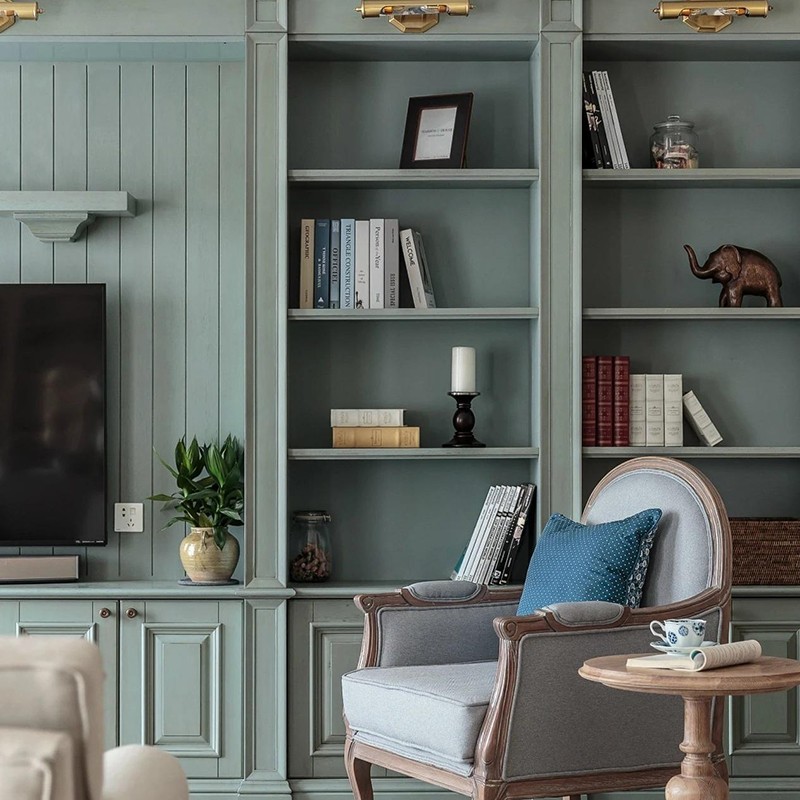
How to Choose Bookcases and Bookshelves?
When choosing a bookcase or bookshelf, consider the following factors to help you make a more appropriate decision:
Space size
Assessing the size of your space is the first step in choosing a bookcase or bookshelf. For large spaces, bookcases can provide more storage and display space; while in small spaces, wall-mounted bookshelves or freestanding bookshelves can make better use of limited space.
Storage needs
It’s also important to be clear about your storage needs. If you need to store a large number of books and other items, bookcases will be a better choice. Relatively speaking, if you mainly need a place to display books and decorations, a bookshelf may be more suitable.
Style & decor
The style of bookcases and bookshelves should match the overall decor of the room. Traditional style bookcases are suitable for classic or classical style homes, while modern style bookshelves are suitable for simple and stylish home environments.
Budget
Budget is also a deciding factor. Bookcases tend to be more expensive, especially custom or luxury models, while bookcases are often more affordable due to their minimalist design. Choosing furniture that fits your budget will help you keep costs under control while meeting your needs.
Functional
Considering the functionality of a bookcase or bookshelf is also an important factor in the selection process. Bookcases offer more storage space and protection, while bookshelves are better for display and flexible use. Choosing appropriate functionality based on actual needs can improve the user experience.
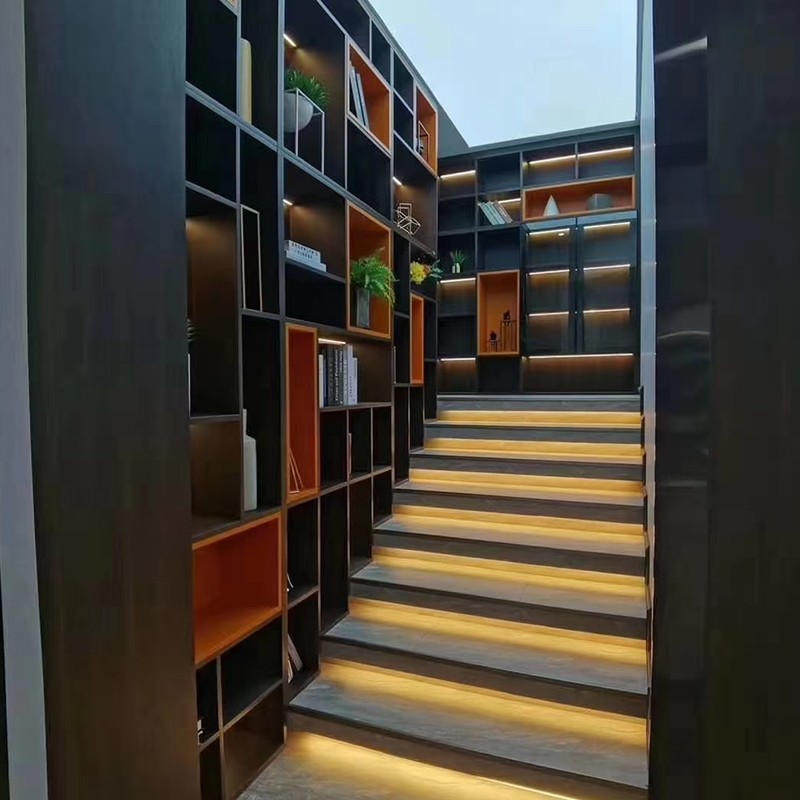
Conclusion
Although bookcases and bookshelves have many functional similarities, they differ in design, purpose, storage capacity, and decorative effect. Understanding the difference between the two can help you make a more appropriate choice based on actual needs and space conditions. Whether you choose a bookcase or a bookshelf, you should find the storage and display solution that best suits you based on your personal preferences and actual situation, taking into account space, functionality, and budget.
I hope this article can help you better understand the differences between bookcases and bookshelves and help you make informed decisions in your home decoration.

